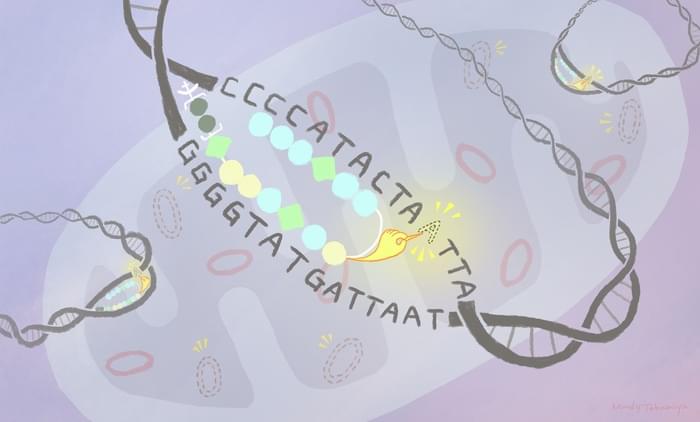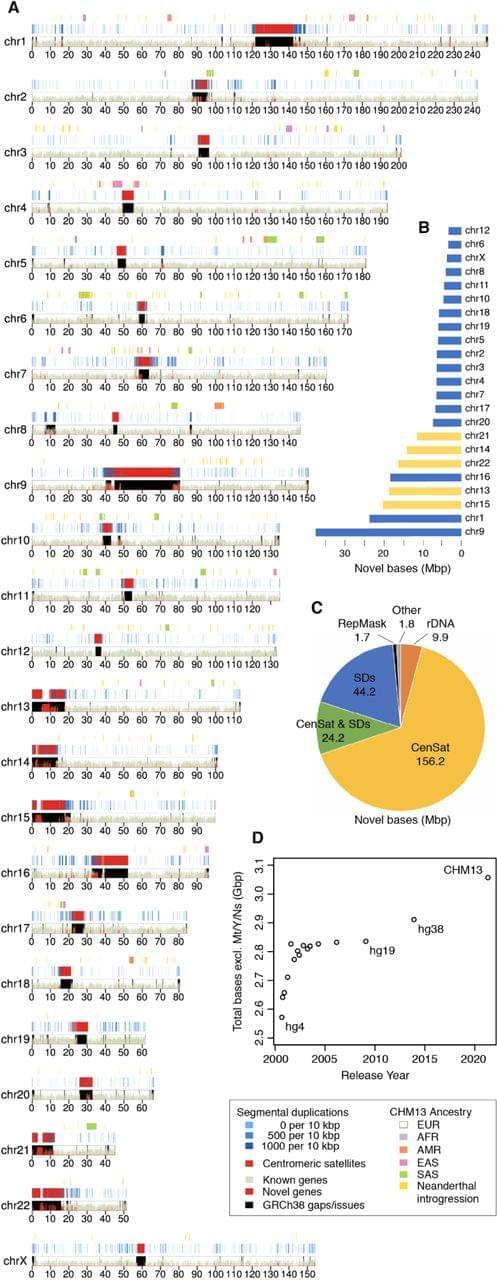Sep 4, 2021
Scientists identify novel mechanism that links genetic defect in IBD patients to gut leakiness
Posted by Jason Blain in categories: biotech/medical, genetics, health
The cumulative effect of reduced PTPN2 activity on both mechanisms was an elevated fluid loss. The researchers proved this defect could be reversed by treating cells lacking PTPN2 with recombinant -; or synthetic -; matriptase.
A team of researchers led by a biomedical scientist at the University of California, Riverside, has identified a novel mechanism by which loss-of-function mutations in the gene PTPN2, found in many patients with inflammatory bowel disease, or IBD, affect how intestinal epithelial cells maintain a barrier.
The intestinal epithelium, a single layer of cells, plays a critical role in human health by providing a barrier while also allowing nutrient and water absorption. Intestinal epithelial cells are needed for regulating immune function, communicating with the intestinal microbiota, and protecting the gut from pathogen infection -; all of which critically depend on an intact epithelial barrier.

















